2. An Ode to: Making it in Hollywood with a mixed-heritage background
Description
Is it really possible to make it in Hollywood when you’re a mixed person or foreigner living in the US?
Theory of American optimism compels us to say, “Yes.”
But why is it harder than it looks? Is it really possible to walk the paths less traveled in the US—and still get fulfillment?
When we can live and do as everyone does, and yet we love food no one does, we are motivated by internal beliefs that few understand, and we have aspirations and connections thousands of miles away, then …
How exactly can anyone, even a foreigner or mixed person living in the US, make it in one of the most coveted, vast, and widespread industries in the world: Hollywood?
UCLA’s clinical Assistant Professor and TV writer, Paul Puri, MD—who has been involved in the writing of 20+ hit shows like Marvel’s Moon Knight, Netflix’s Iron Heart, NBC’s Chicago Med, and Peacock’s Bel Air—weighs in on the hidden fluency behind making it in Hollywood. Even if you come from a mixed heritage or if you’re a foreigner living in the US.
Listen to this episode if you want to find better and more fulfilling ways to make it in the US, including in Hollywood.
—
In case you’re out and about without WiFi later, download this episode now.
Music: “Silhouettes” by Tobias Voigt (License code: 8IDBGGC5WXLDYLAU)
Previously: Why we want to do everything at once [An Internal Logic]
In this episode:
The Start-to-Finish roadmap for turning script into screen in Hollywood
The 8-step ladder of writer producers in Hollywood, so you know who to talk to.
An Insider’s Encyclopedia of who’s the staff writer, story editor, executive story editor, coproducer, producer, supervising producer, co-supervising producer, and executive producer.
Real differences between TV vs Netflix (and why it’s not about the device or whether it streams).
The light and dark side of Youtube that few understands
Being a high-functioning individual with opposite life interests: A How-To
According to 3,041 Americans, this is what we regret most
Episode 2 TRANSCRIPT
“An Ode to: Making it in Hollywood with a mixed-heritage background”
Thalia Toha: You kind of touched on a little bit of the assembly line a little bit. As far as, starting with, maybe the idea, and then the script or whatever it is. Is it usually the script? And then investors?
Paul Puri: It really depends on the project. So some of the bigger sort of breakdowns are: Is it from a pre-existing IP or intellectual property? Or is it an original—what we call a spec script. Which is basically a script written without pay.
If I write an idea that nobody's paying me for, what I might do is write a script version of it. And then go out and try and sell it. And in the process of that, as I'm trying to sell it, I'm trying to get a producer involved, get a director involved, get a with a producer, a whole production company.
And then try to then sell it to a studio. And then the studio would take it and try and sell it to essentially the network who distributed it as its TV show.
The start to finish roadmap for turning script into screen in Hollywood
Paul: Features, I have very little experience in. They basically—there's the financing. So that's like an original piece.
If there's like a spec piece, if there's an original or something based, excuse me, on prior IP. So, like, you know, Marvel as an example, but anything that's based on a pre-existing character. There's usually a studio or somebody that wants to do this project. Or sometimes in a company, they're going to say, “We're going to invite in a group of writers to come in and pitch what they think this project should be. A take on it.” And then we're gonna hire one of them. And they're gonna kind of lead the team of assembling the project.
Sometimes it's a little more direct. Like an executive see somebody who is an up and coming, or hot creator, writer, producer, director. And they'll invite them onto the project more quickly. So that can take months. And the writers are often who are coming in to pitch on something, or often mapping out an entire take on a character, a season—they're usually doing that for free. For no money. And, only one of them is going to get the job.
So there's a lot of pre-work involved. And that can take months.
You know, often you can spend weeks. Pitching on a project. Or if you get hired, you might then—if it's like a more broadcast related TV—you might have meetings with the producers. Very often, selling a project will involve attaching a production company or something ahead of time.
But you meet with your team. And then you try to sell it to the studio still. You try to sell it to the network. Try to find if it's going to have distribution, if it doesn't already.
And then once it's green lit, you'll go down the road of hiring your staff. So then you are getting— I'm not a show runner, but if you're a show runner (that's the highest showrunner), for the most part, and there are some other exceptions to this—the highest level writer and executive producer.
The 8-step ladder of writer-producers in Hollywood
Paul: So writer-producers in Hollywood, in TV, have an 8-step ladder. You have staff writer, story editor, executive story editor, coproducer, producer, supervising producer, co-supervising producer, and then executive producer.
And so writers in TV are generally writer-producers. The highest level one is the show runner. They are a writer and executive producer. And they hire basically all of the other writers on the show. And then they'll often coordinate with the producer and others in terms of other hires.
Paul: So you put together your writers room. You start writing scripts while your director and producers are trying to hire a lot of the other below-the-line talent. Which is like your assistant director, everybody that's like doing the production work and putting that together, finding sound stages, finding location scouting, all of that stuff—while you're figuring out what the story is and writing the scripts.
And there's a little bit of a lead time on that. But eventually you have to star meeting deadlines. Because you might have premiere dates. And you've got to start getting scripts into the hands of people to start shooting them. And you have your casting. And all of the stuff's happening simultaneously.
So TV—the joke of it is it takes 7 years to get a feature made. But TV, you know, you can get greenlit and be on the air in less than a year for a full, sometimes 20 episodes of, TV. So it happened very fast sometimes.
But Marvel’s been the exception.
Real differences between TV vs. Netflix (and why it’s not about the device or whether it streams)
Thalia: But I don't even know if we should consider—and I don't know if people in the industry consider the streaming still TV? I guess so. Because there is the TV component, still. But I almost don't look at it from a consumer standpoint. I don't even look at it as TV anymore. It's almost kind of like a—
Paul: I mean, the distinction we make is basically around the length of the story. So it's one uninterrupted piece. Then that is, I think, the minimum length of 70 minutes to qualify as a feature. And not a short. But I might be making that number up.
And then if you have multiple sections of it, then it would qualify as more of a serialized component. And so you have, generally, a comedy is 20 minutes based on broadcast network standards. And that's been, of course, broken by streaming.
And then 45 minutes, or 22 and 45 minutes for dramas. 22 minute dramas coming out. And dramas and every genre is mashed up. So the rules are definitely broken more.
But people still—we still call it TV for the most part. Even if you're streaming Netflix.
Thalia: I see. So it's more like a categorization at that point. It's not really quite the medium per se.
Paul: Yeah. I mean, we don't, a lot of people bristle, a lot of people in the industry bristle, calling it all “content.” Because they feel like it waters down their identity in some way. And equates and creates a false equivalency between Youtube creators and people who've been doing television for 30 years.
Thalia: There's some generational differences too, right? Is there the sort of low-brow element of it then?
Paul: I mean, I think that originally features were the prestige movies in the theater. And then TV kind of took a turn around the Golden era. Starting with Sopranos and things. Where we feel like, “Oh, TV is so cool! We can do so much with it. Now we're doing like a franchise within features.” And like that, “We can carry out and keep an audience for a long time, and make billion dollars a movie. And isn’t that tremendous?” And all of those things.
The production value just obviously went way up. And then at the same time, there was sort of this, I don’t want to call it a “democratization.” In that the barrier to entry was much lower in terms of Youtube.
What's different is that, if you are going through that, you can't use production values to g

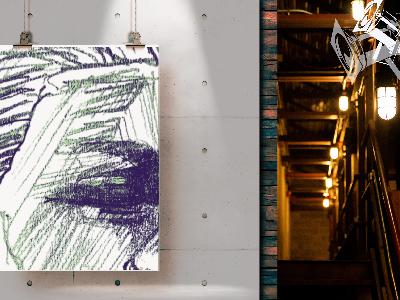
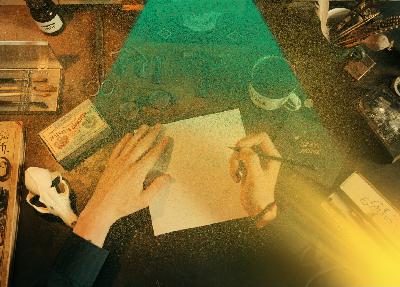
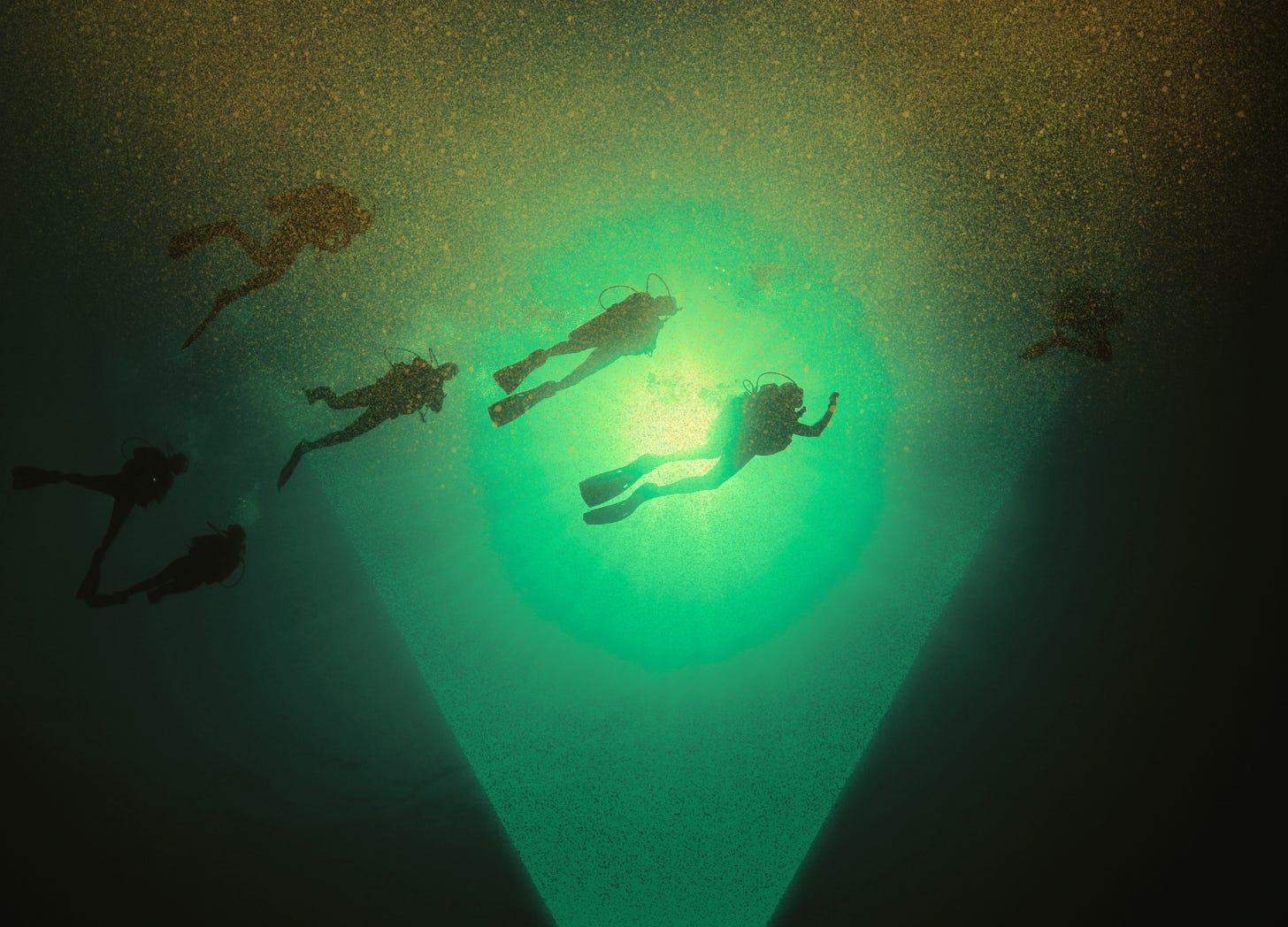


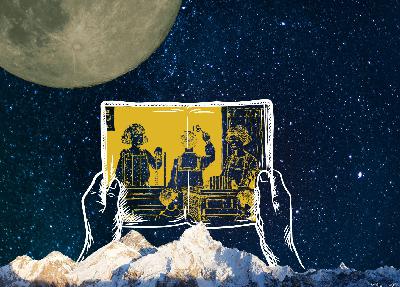
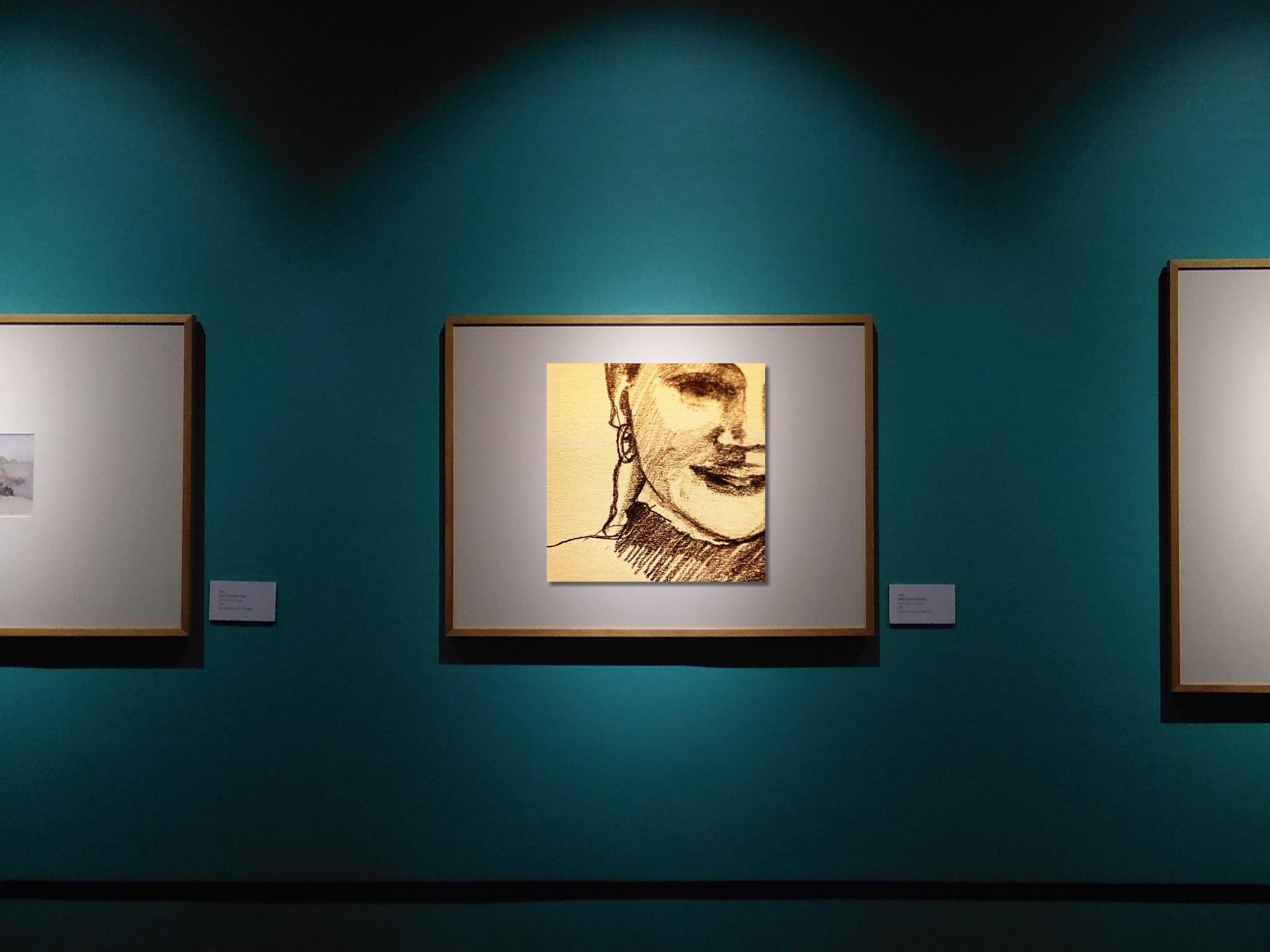


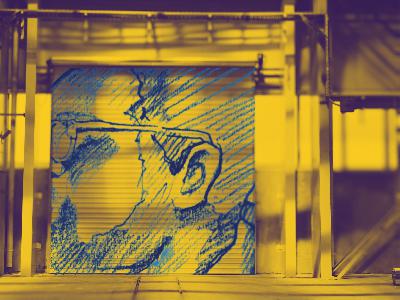


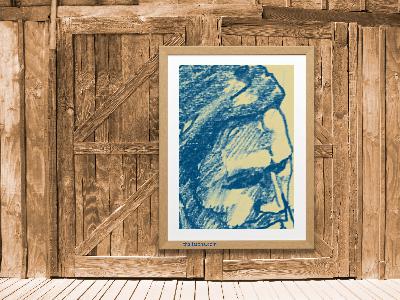
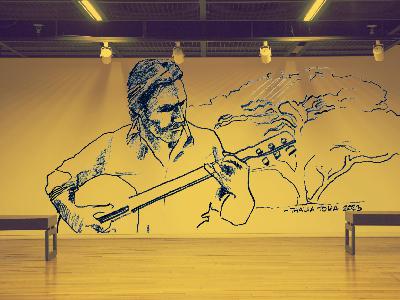

![1. Why we want to do everything at once [An Internal Logic] 1. Why we want to do everything at once [An Internal Logic]](https://substackcdn.com/feed/podcast/1909227/post/138192032/ed23403f2ddb56ee3e75c8377474e6fe.jpg)



